Agathe Porte: Status update, May 2022
Boing, time for another status update.
Debian work
I have finally found how to make my fonts-creep2 package work on my Debian
machines. The solution was to not use the TTF file that contains the Bitmap
glyphs, but instead generate an OTB file, which is an OpenType format for
Bitmap fonts.
 This means that I can close the fonts-creep ITP bug altogether and rely on
this fonts-creep2 package instead. Hopefully it will be reviewed and
uploaded soon by a certified Debian Developer.
This font is too small for daily usage, but imagine the quantity of data you
could display on an auxiliary screen with poor resolution (and poor pixel
density eventually).
Here is a meme I created for the occasion:
This means that I can close the fonts-creep ITP bug altogether and rely on
this fonts-creep2 package instead. Hopefully it will be reviewed and
uploaded soon by a certified Debian Developer.
This font is too small for daily usage, but imagine the quantity of data you
could display on an auxiliary screen with poor resolution (and poor pixel
density eventually).
Here is a meme I created for the occasion:
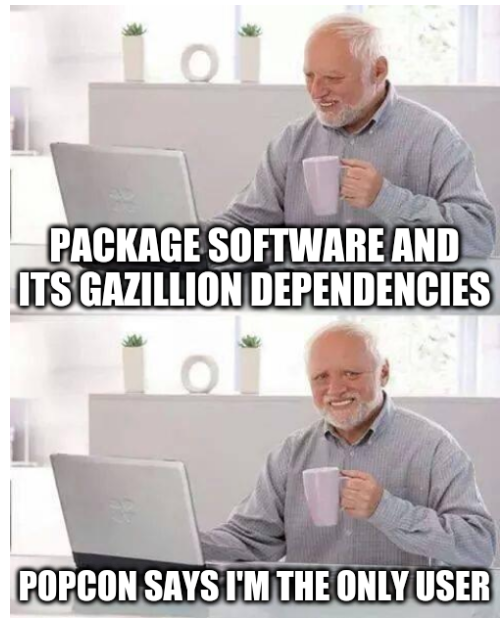 Checks out.
Checks out.
 This means that I can close the fonts-creep ITP bug altogether and rely on
this fonts-creep2 package instead. Hopefully it will be reviewed and
uploaded soon by a certified Debian Developer.
This font is too small for daily usage, but imagine the quantity of data you
could display on an auxiliary screen with poor resolution (and poor pixel
density eventually).
Here is a meme I created for the occasion:
This means that I can close the fonts-creep ITP bug altogether and rely on
this fonts-creep2 package instead. Hopefully it will be reviewed and
uploaded soon by a certified Debian Developer.
This font is too small for daily usage, but imagine the quantity of data you
could display on an auxiliary screen with poor resolution (and poor pixel
density eventually).
Here is a meme I created for the occasion:
 Checks out.
Checks out.
Rust work
I have obsoleted my most popular Rust crate, gladis.
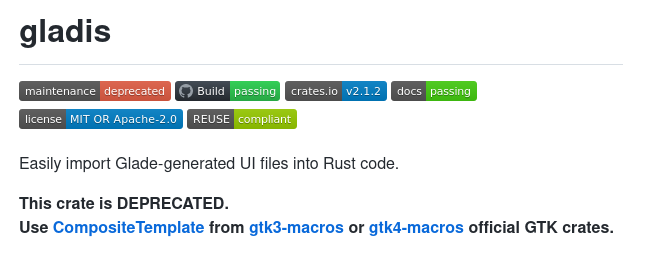 Indeed, the GTK folks have managed to develop a similar solution named
CompositeTemplate, that is available in both gtk3-macros and gtk4-macros
crates. I did not investigate from how long this has been available before I
created this crate. Hopefully it did not exist before I developed it.
I have learnt a lot about Rust crates development with this crate, and managed
to put in place a semi-automated release flow that I will surely use in other
future crates.
See ya.
Indeed, the GTK folks have managed to develop a similar solution named
CompositeTemplate, that is available in both gtk3-macros and gtk4-macros
crates. I did not investigate from how long this has been available before I
created this crate. Hopefully it did not exist before I developed it.
I have learnt a lot about Rust crates development with this crate, and managed
to put in place a semi-automated release flow that I will surely use in other
future crates.
See ya.
 Indeed, the GTK folks have managed to develop a similar solution named
CompositeTemplate, that is available in both gtk3-macros and gtk4-macros
crates. I did not investigate from how long this has been available before I
created this crate. Hopefully it did not exist before I developed it.
I have learnt a lot about Rust crates development with this crate, and managed
to put in place a semi-automated release flow that I will surely use in other
future crates.
See ya.
Indeed, the GTK folks have managed to develop a similar solution named
CompositeTemplate, that is available in both gtk3-macros and gtk4-macros
crates. I did not investigate from how long this has been available before I
created this crate. Hopefully it did not exist before I developed it.
I have learnt a lot about Rust crates development with this crate, and managed
to put in place a semi-automated release flow that I will surely use in other
future crates.
See ya.

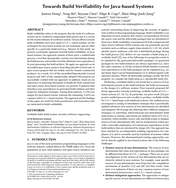










 Mechanical keyboards the big fat rabbit hole you can disappear I started using mechanical keyboards about a year ago, with a
Mechanical keyboards the big fat rabbit hole you can disappear I started using mechanical keyboards about a year ago, with a 







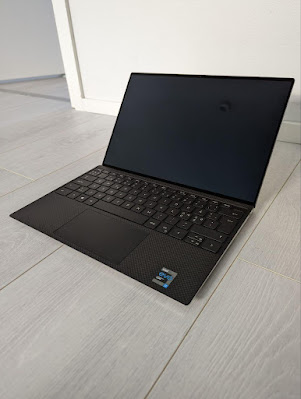



 I ve spent a bit of time playing with
I ve spent a bit of time playing with













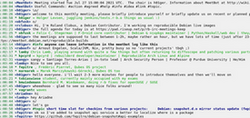
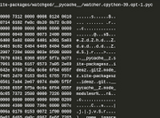


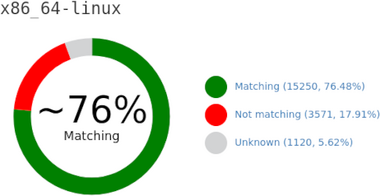




 Here is my monthly update covering what I have been doing in the free software world during July 2021 (
Here is my monthly update covering what I have been doing in the free software world during July 2021 (


